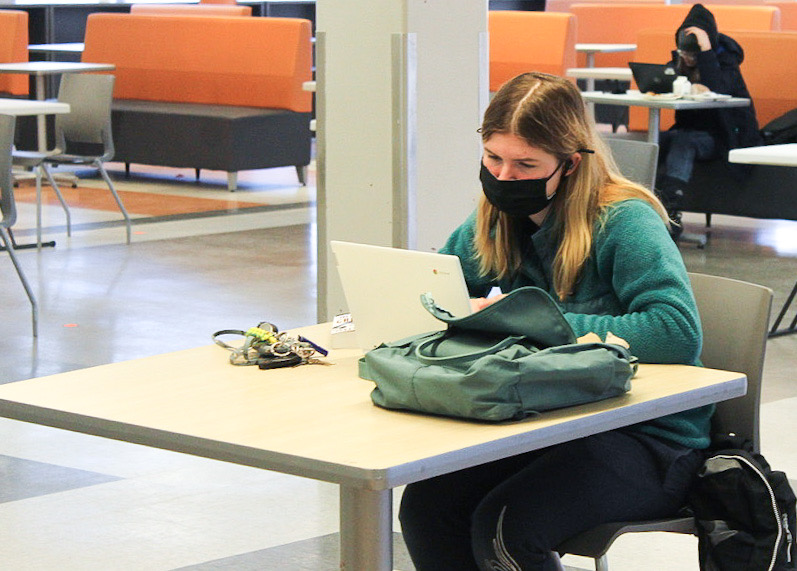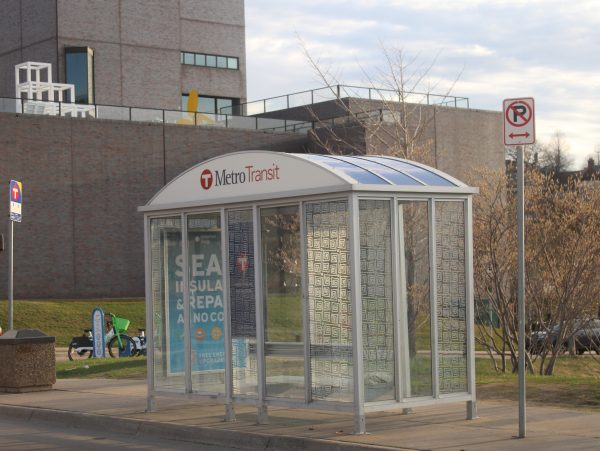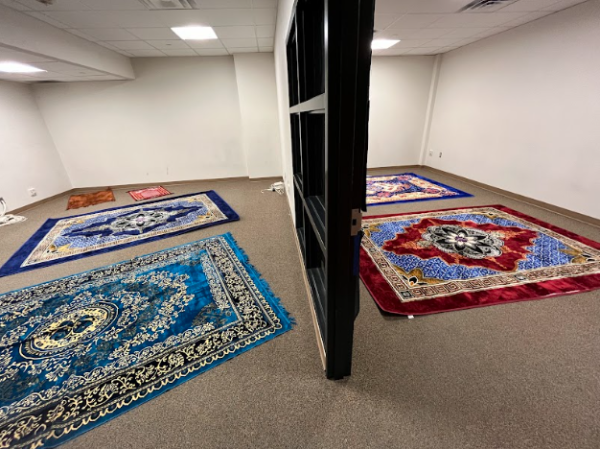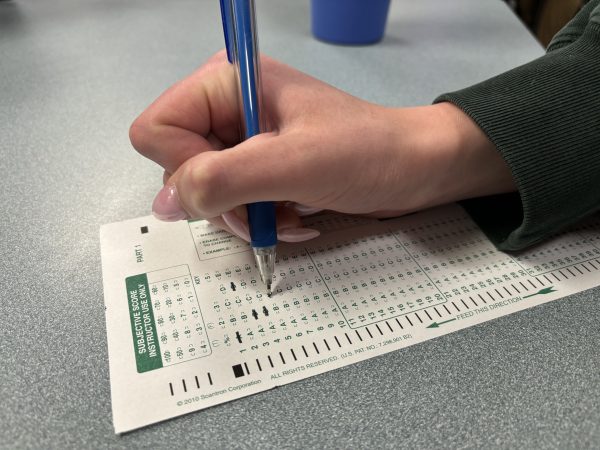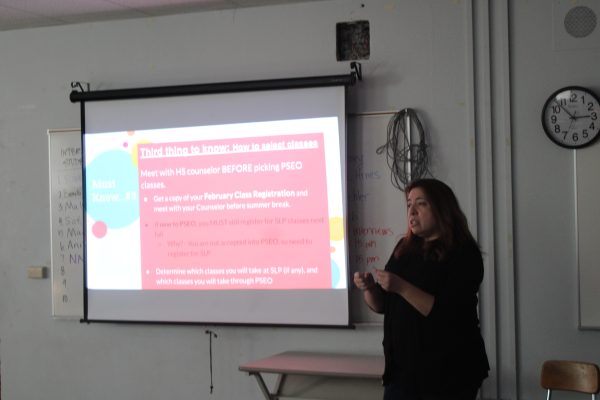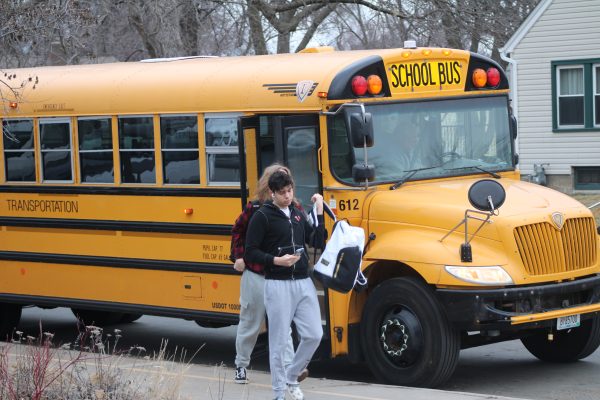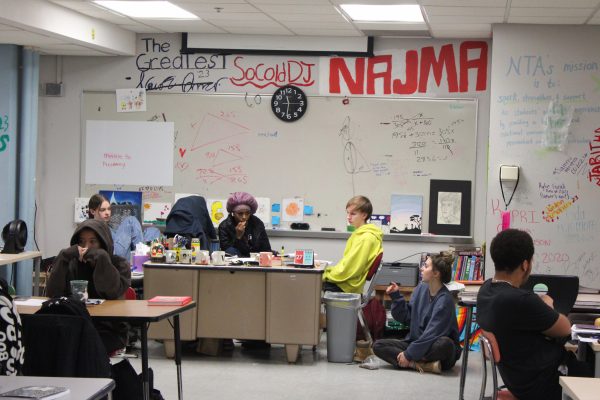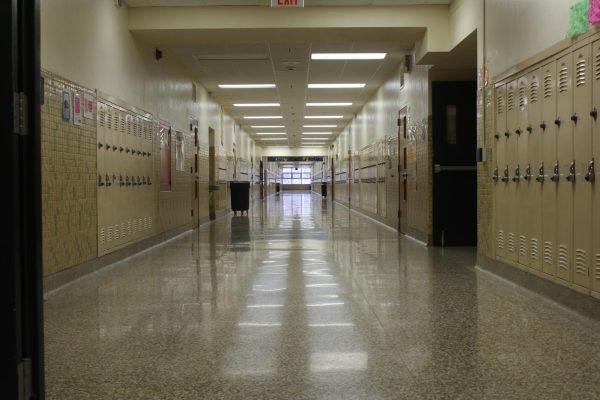Asynchronous periods restructured
Optional for distance learners, important for those in-person
Junior Abby Turcotte works on her assignments in the Oriole Study Nest Feb. 12. Asynchronous times will be optional for online students but required for in-person students starting Feb. 22.
February 16, 2021
After months of learning over Zoom, assistant principal Jessica Busse said she thinks the asynchronous periods will be more important when hybrid learning starts Feb. 22.
“The people at home are not being required to check in for async classes, but if they have questions then teachers will be available,” Busse said. “The async time in-person is actually going to be more valuable than the synchronous time because during the async time the focus will be on the people in the classroom.”
Sophomore Josh Madigan said he is glad administration is keeping asynchronous periods optional for those in distance learning.
“Right now, I really like (asynchronous periods) because before it took out a good amount of time from my hour where I usually do homework, talk with friends, go on a walk or eat something,” Madigan said. “I think continuing to have these will be beneficial for everyone.”
According to Busse, many teachers will use the asynchronous time to work on larger projects with students in-person.
“I would not recommend that (students) leave during asynchronous periods,” Busse said. “That’s going to be the time that you get to work with your teachers. I know that the science department is talking about doing all their experiments on asynchronous time, and the arts and art-tech teachers are doing a lot of their projects during the asynchronous time.”
Madigan said he feels it makes sense to utilize their in-person activities that could not be done with distance learning.
“While we’ve been in distance learning, it’s been difficult during chemistry and math to do a lot of the normal labs and experiments,” Madigan said. “So, having those asynchronous times during hybrid while we’re in the building could be very good for everyone.”
Contrary to Madigan, sophomore Alana Weiser said she thinks teachers should not run larger activities with only a portion of their students present.
“The people who are not in-person are going to be missing out on that, so I do not think it would be smart for teachers to do something big when they don’t have the whole class there,” Weiser said.
According to Busse, administration is encouraging students to stay for asynchronous periods and study halls, but not requiring them to do so, meaning teachers and high schoolers must communicate about what is best for them.
students will be allowed to leave if they have no use for the asynchronous time or have study halls, but they are still encouraged to stay.
“If you don’t need that time, that’s a different story, but I would also use that time to get your work done and get the feedback from your teachers,” Busse said.
Weiser said she agrees students should be allowed to leave, but doesn’t see much of a reason for them to do so.
“I don’t see why they shouldn’t be able to (leave), but it might be kind of unnecessary. I don’t know where they would go with just an hour,” Weiser said.
Madigan said he is glad administration will allow students to leave if they choose to, as it will reduce crowding and offer students a break.
“I think that it is definitely a good thing for people to be able to leave (during async),” Madigan said. “It’s safer for everyone with the COVID issue in the building, and I think it’s a good way for people to destress a little — maybe go out to their own car or wherever they can go to get a good breath of fresh air.”



